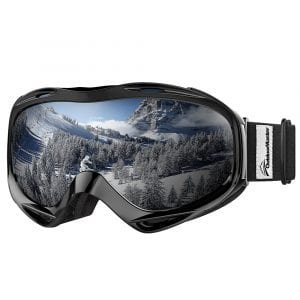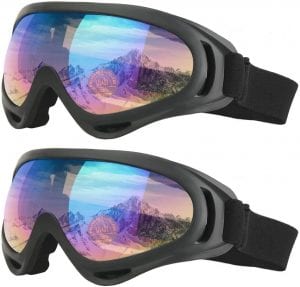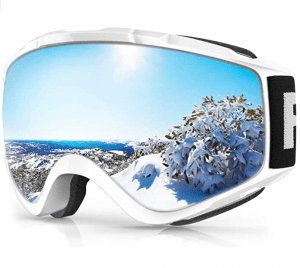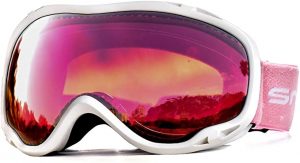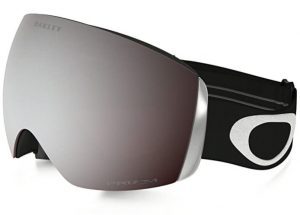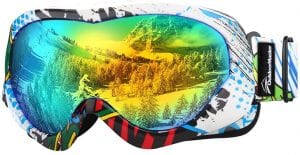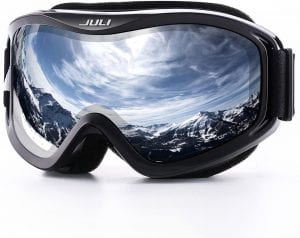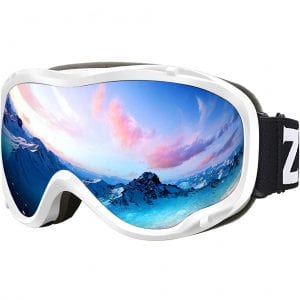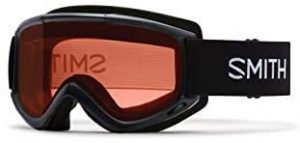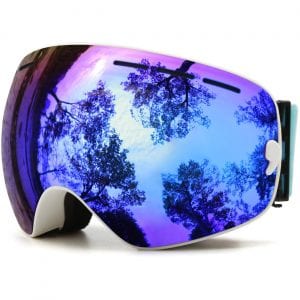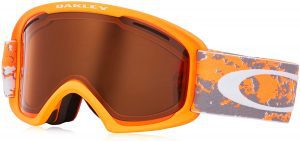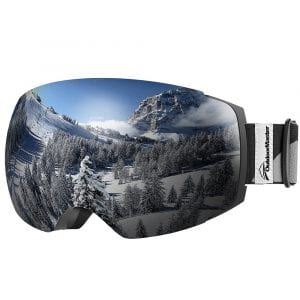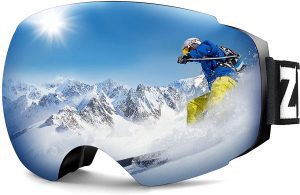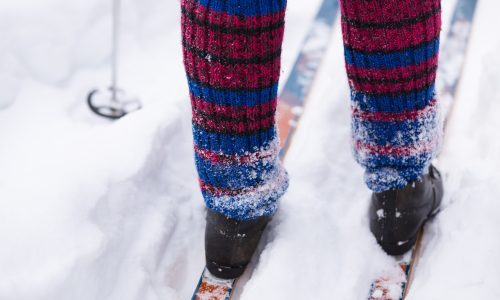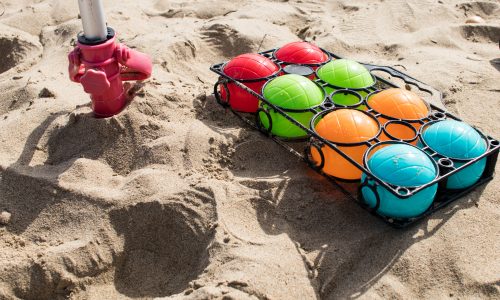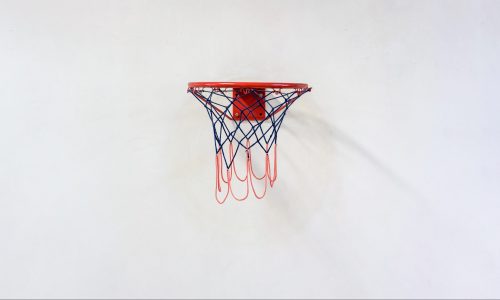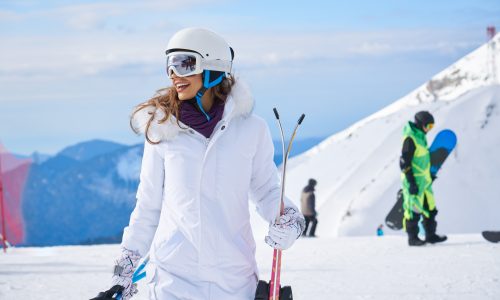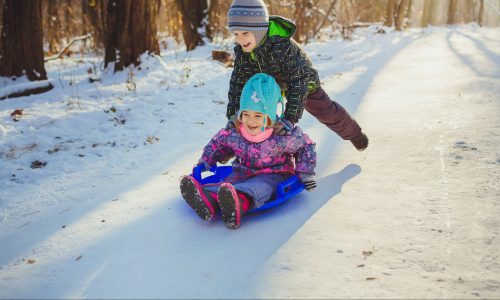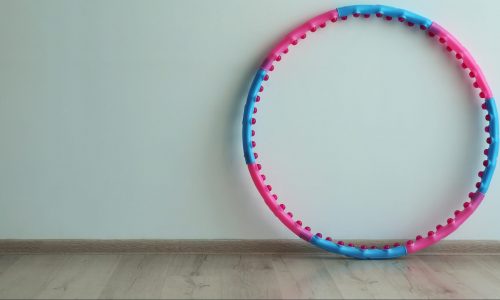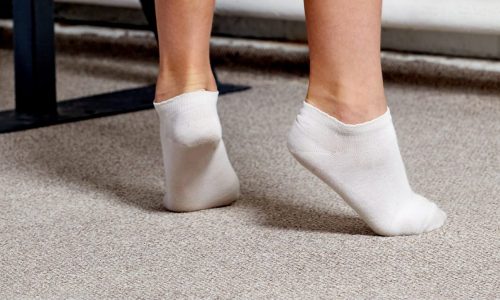The Best Ski Goggles
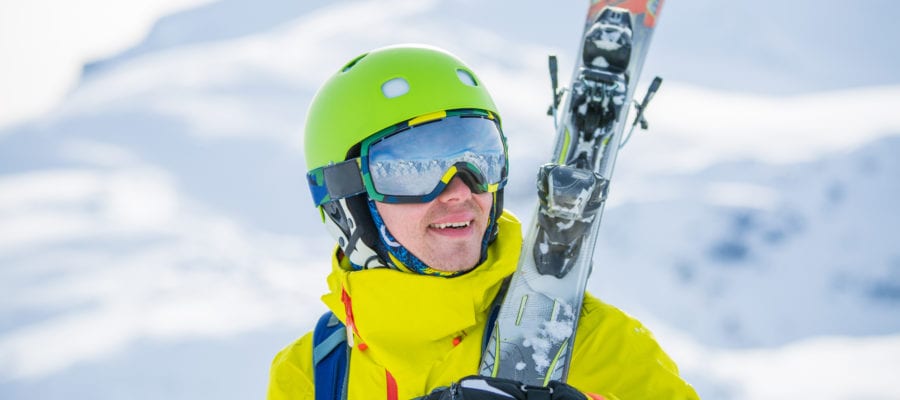
Our Review Process
Don't Waste Your Money is focused on helping you make the best purchasing decision. Our team of experts spends hundreds of hours analyzing, testing, and researching products so you don't have to. Learn more.
Our Picks For The Top Ski Goggles
- 1. OutdoorMaster OTG Mirrored Ski Goggles
- 2. COOLOO Anti-Glare Ski Goggles, 2-Pack
- 3. findway Anti-Fog Ultra HD OTG Ski Goggles
- 4. HUBO SPORTS Unisex Impact Resistant Ski Goggles
- 5. Oakley Flight Deck Anit-Fog Ski Goggles
- 6. OutdoorMaster Happy Valley Kids Snow Goggles
- 7. JULI Eyewear Glass Lens Ski Goggles
- 8. Zionor Lagopus Helmet Compatible Ski Goggles
- 9. Smith Optics Cascade Lightweight Adjustable Ski Goggles
- 10. JULI Eyewear Interchangeable Ski Goggles
- 11. Oakley O2 XL Ski Goggles
- 12. OutdoorMaster Polycarbonate Lens Ski Goggles PRO
- 13. Zionor X4 Anti-Fog UV Protection Ski Goggles
These anti-fog lenses fit easily over your glasses for clear sights on the slopes. The 100% UV400 protection keeps your eyes safe from the sun's rays. You can wear these with almost any helmet thanks to the ultra-long elastic strap.
Handy PickThese ski goggles are versatile enough to fit over almost any pair of glasses or helmet.
These ski goggles are extremely versatile. In addition to skiing and snowboarding, they also work well for motorcyclists, bungee jumpers and mountain bikers. The frame is flexible and includes a built-in air vent. The lenses are also designed to prevent glare, which results in clearer vision.
Unisex DesignIf you're looking for a budget-friendly set of ski goggles that are quality made, this set is your best bet.
Moisture is no match for these snowboard goggles, as they are created using a unique ventilation system. The goggles are perfect for children and adults over the age of 10 and utilize an extra-long strap to fit over any ski helmet. The high-quality TPU frame and triple-layer foam lining add to the appeal of this set.
Compatible With EyeglassesThe helmet strap on these snowboard goggles has an adjustable buckle for a custom fit.
The design of these ski goggles make them ideal for eyeglass wearers. They're impact-resistant and come with an anti-fog coating and ventilation holes for enhanced visibility. The double-layer mirrored UV400 lenses ensure they'll hold up even with rigorous outdoor activity.
Extra RoomyYou’ll get 100% UV coverage with these ski goggles, which are perfect for wearing over eyeglasses.
Buying Guide
If you’re planning a day out on the ski slopes, there is one non-negotiable gear item you absolutely must wear: ski goggles, Though they can look a bit goofy, the eye protection they provide is unparalleled. It’s hard to have a good, enjoyable day on the slopes without a pair.
Goggles also serve to enhance your vision on the slopes, compensating for variable lighting conditions. They protect your eyes from wind, snow and cold. Almost every pair on the market today includes 100% UV protection.
The many options can be confusing and overwhelming and may start to look identical after a while. But there are several important characteristics you need to know and understand when shopping for ski goggles. Hint: There’s a lot more to picking goggles than color matching.
For starters, you want to look at the lens tint options. Some lenses are made to be versatile and work in a wide variety of light conditions, from bright sunny days to cloud cover. However, specialized lenses for the typical conditions you’ll encounter on the mountain is the better way to go.
For sunnier days, you want to look for dark lens tints. These will shield your eyes from the brightest sunlight. On overcast days, look for the lighter tints. These will add contrast, so you can see terrain better in flat light. Mirrored lenses not only look cool, they reflect more dangerous UV rays away from your eyes.
Since you will likely have a full range of weather conditions throughout the winter and can’t guarantee a sunny or cloudy day when you head out on the slopes, you’ll need more than one lens. However, you can purchase one pair of goggles and several different interchangeable lenses. If your goggles don’t offer interchangeable lenses, you can usually pick from a wide array of colors for budget-friendly protection.
No matter what color lens you choose, it’s pretty safe to assume all goggles will incorporate UV protection of some form. It is vital for a day on the slopes. The UV intensity rises at higher altitudes, and the sun reflects up off the snow, magnifying the damage.
It’s not all function when it comes to picking goggles. There is some coordinating that contributes to a good pair of ski goggles. You want to ensure the frame of your goggles fits snuggly against your helmet. This will protect your forehead from the elements, cold, wind and ridicule from friends. Nobody wants to be a gaper. The frame size and shape also ensures they protect your face properly. There are women’s and children’s goggles made to fit smaller, slimmer faces without gaps which would allow wind and snow to get through.
Some goggles offer enough space to fit a pair of eyeglasses under the lens. Others are designed for eyeglass wearers and have extra padding that creates space and offers comfort for a full day.
The shape of the lens can also contribute to proper visibility. Spherical or rounded lenses are the best and slightly more expensive. They reduce distortion because they’re shaped more like the human eye’s field of vision. The other lens shape is flat, which can add a bit of distortion. The price and visibility of flat lenses are lower.
Another main concern of ski goggles is their tendency to fog up. It’s a natural effect when you pair cold conditions with vigorous exercise. Some goggles feature a dual-lens design, special coatings and smart ventilation to reduce fog and prevent condensation. You’ll even find goggles with a dual-pane thermal barrier. This prevents ice and snow from building up around the goggles.
The latest fog-fighting innovations include small battery-powered fans and heated lenses. Goggles with high-tech anti-fog features tend to be the most expensive. Still, when it comes to ski goggles, you can find a pair with excellent performance at a wallet-friendly price.
What to Look For
- There are specially designed over-the-glasses frames that make ski goggles compatible for eyeglass-wearers. These frames are deeper, so you can wear eyeglasses under the goggles and see clearly.
- The latest innovations in ski goggle technology are focused on fighting fog. Some goggle manufacturers have included small battery-powered fans to reduce fog, and others incorporate heated lenses to prevent condensation.
- The type of foam used in the ski goggle frame contributes to how comfortable it is on your face. Multi-density foam tends to be more comfortable than single density. There are also hypoallergenic foam options for people with sensitivities and allergies to certain materials.
- It is important to note the VLT % number on different types of lenses. This number indicates how much light is able to penetrate the lens. For example, a clear lens has a VLT 100% while a dark or mirrored lens for sunny days has VLT under 25%. On cloudy days with flat light, a range of 20 to 70% VLT offers good visibility.
- The lenses in ski goggles are prone to scratching. To avoid that, they should be stored and transported in a case to protect them when not on the slopes.

